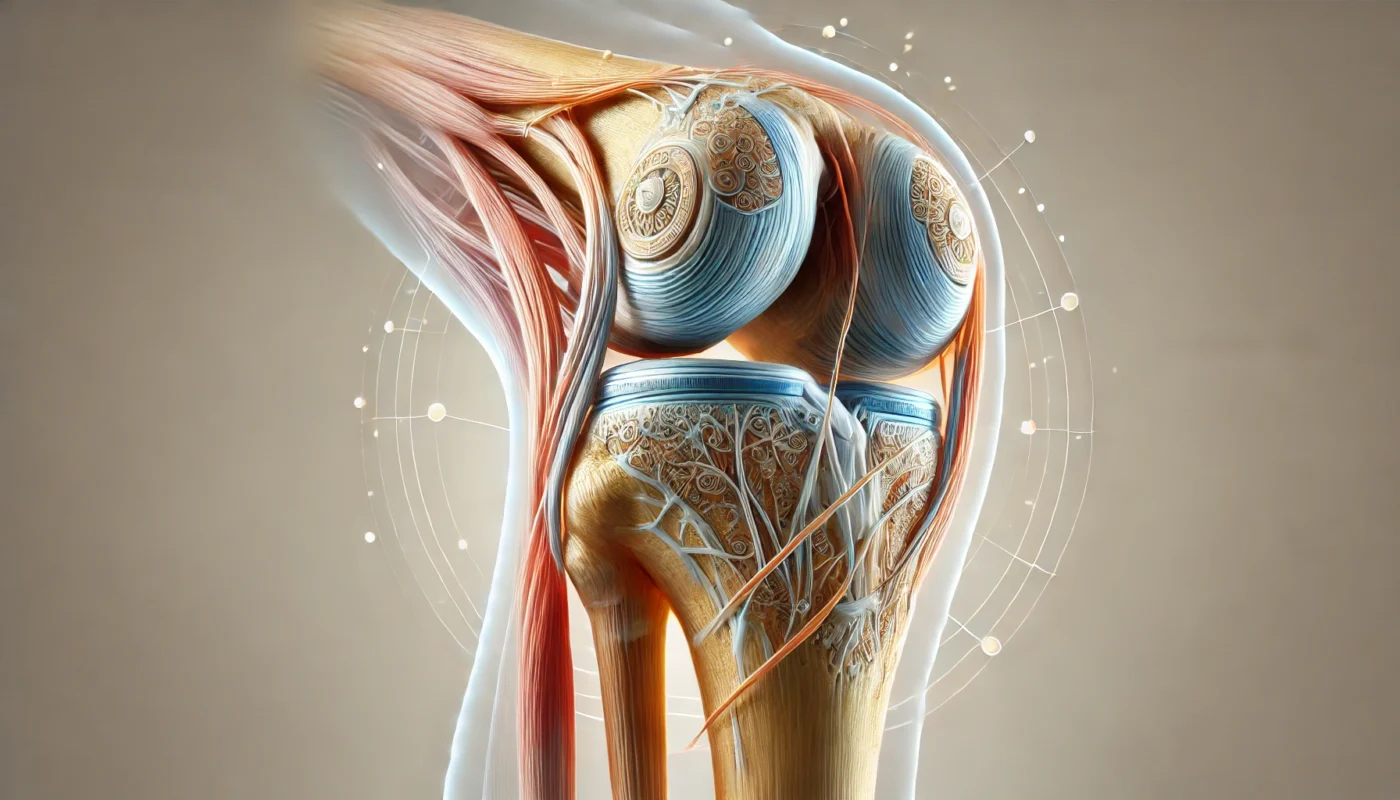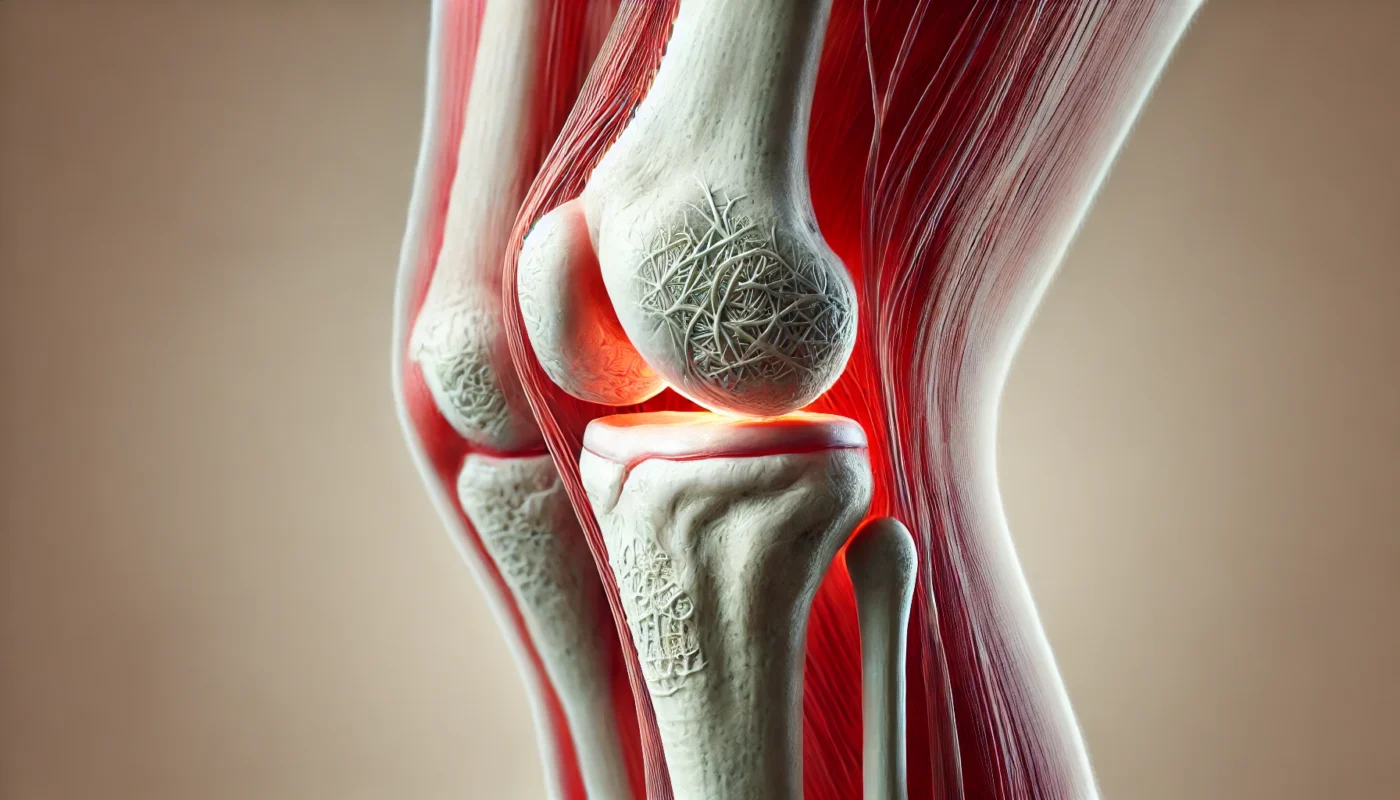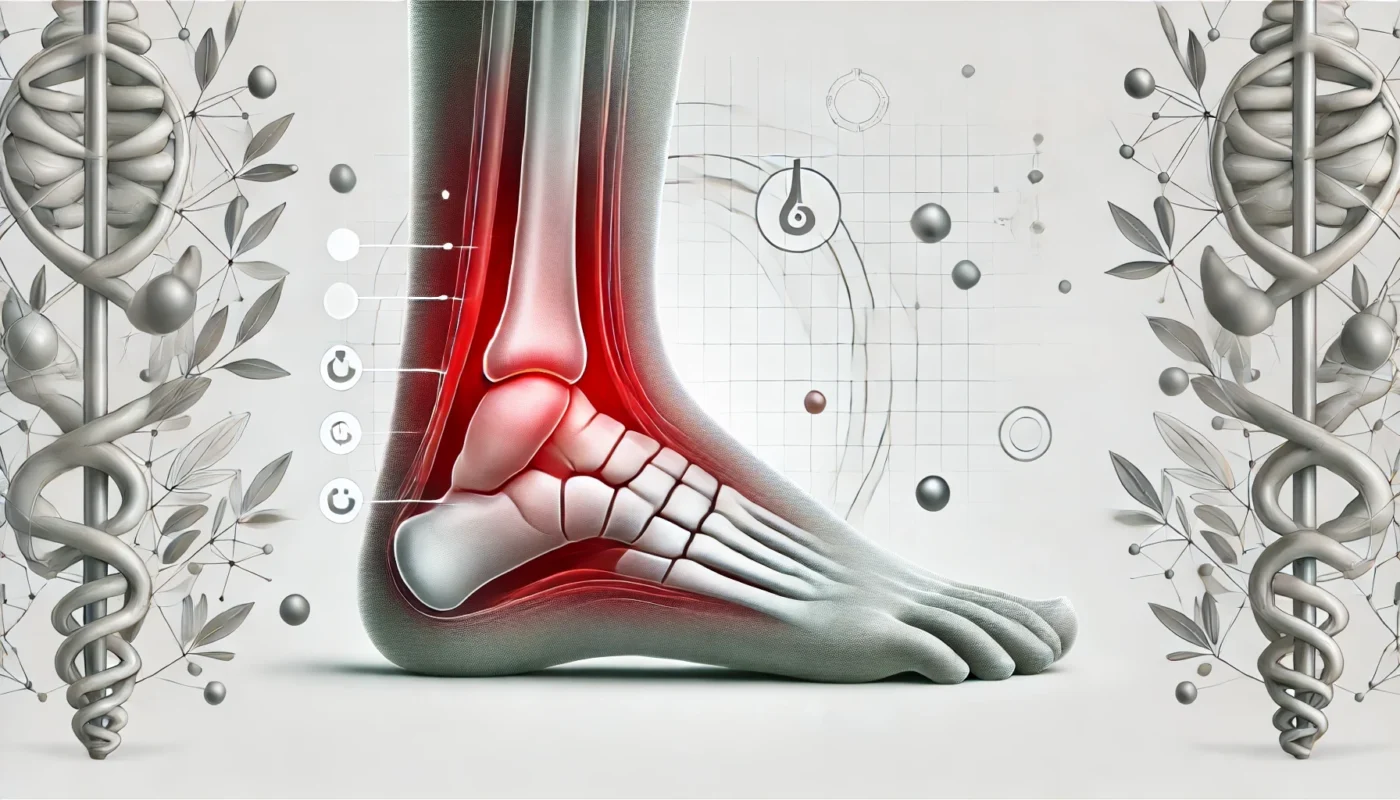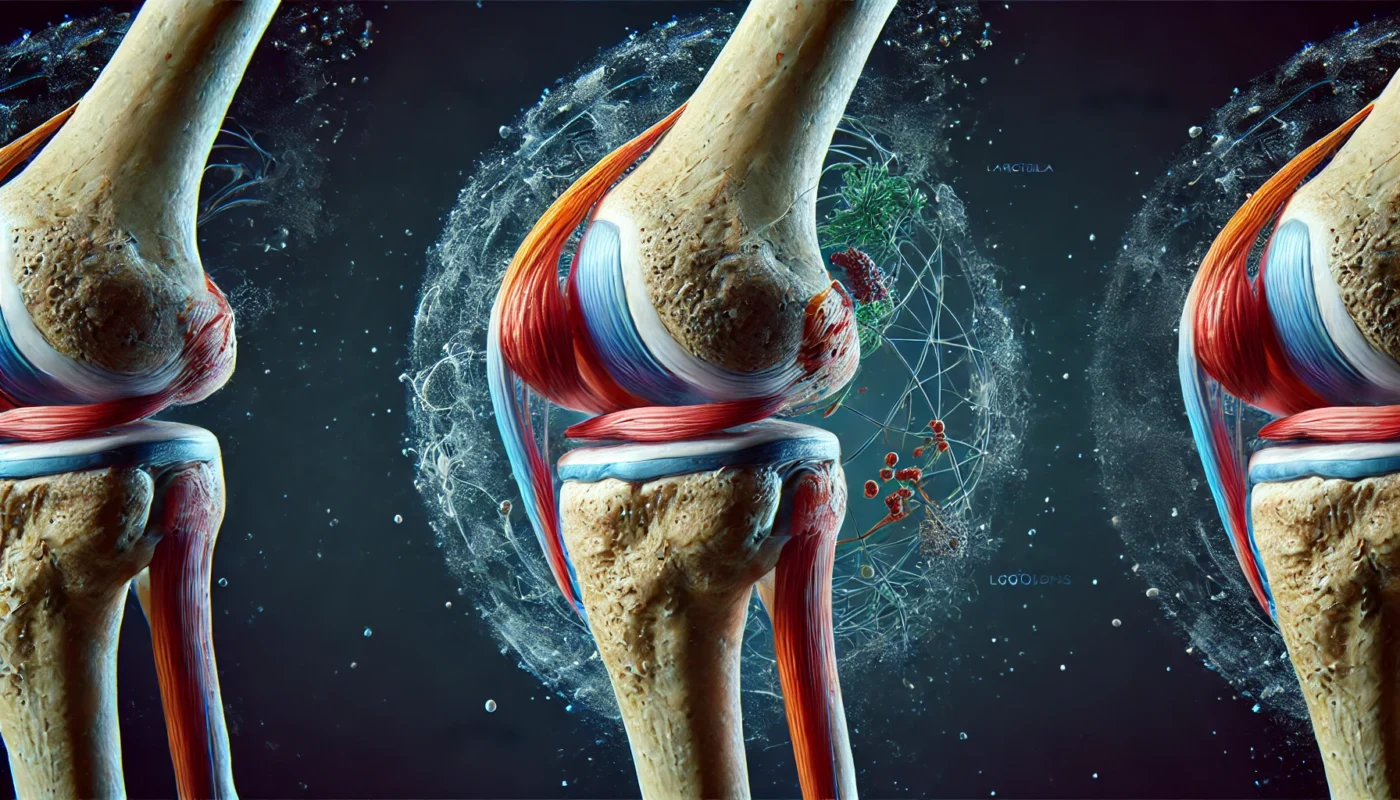Pain is an inevitable part of life, but it doesn’t have to control yours. Whether you’re a fitness enthusiast seeking to recover from a strenuous workout, a health enthusiast looking to optimize your wellbeing, or a medical patient managing chronic discomfort, understanding pain relief methods is crucial. This article delves into the top 10 pain relief methods, offering a comprehensive overview of each approach and how it can be applied to improve your health and quality of life.
Tag Archives: joint health
Before diving into the specific foods to avoid, it’s important to understand how diet influences arthritis. Certain foods can trigger inflammation, a key factor in arthritis flare-ups. By identifying and eliminating these foods from your diet, you can potentially reduce inflammation and alleviate joint pain.
Inflammation is a natural immune response, but chronic inflammation can lead to a variety of health issues, including arthritis. When inflammation persists over time, it can cause damage to healthy tissues, contributing to the development and progression of arthritis. Understanding the biochemical pathways of inflammation can help in identifying the dietary triggers that exacerbate arthritis symptoms.
Certain foods can either promote or reduce inflammation. Pro-inflammatory foods can lead to the production of substances in the body that worsen inflammation, while anti-inflammatory foods can help reduce these substances. By making conscious dietary choices, individuals can manage their inflammation levels, potentially reducing arthritis-related pain and discomfort.
Joints are the connections between bones that allow for movement and provide mechanical support. Ligaments are the fibrous connective tissues that link bones together at the joints. Both are pivotal in maintaining physical functionality. When joints are not healthy, it leads to discomfort, pain, and even debilitating conditions such as arthritis.
Before diving into solutions, it’s essential to understand what joint inflammation is. Joint inflammation, or arthralgia, is characterized by swelling, pain, and stiffness in the joints. It can result from various causes, including autoimmune disorders, injuries, or general wear and tear of the joints.
Swelling, or edema, is the result of an accumulation of fluid in the body’s tissues. This condition can occur due to various factors, including injury, infection, or chronic diseases such as heart failure or kidney disease. While swelling is a common bodily response, it can be uncomfortable and may indicate an underlying health issue that requires attention.
Inflammation is the body’s innate response to injury or infection, serving as a defense mechanism aimed at removing harmful stimuli and initiating the healing process. While acute inflammation is a necessary and beneficial part of the body’s recovery process, chronic inflammation can be detrimental, leading to various health issues.
Water is an indispensable component of life, yet its role in managing inflammation is often underestimated. Inflammation is a natural defense mechanism of the body, but chronic inflammation can lead to various health issues. This article explores how drinking water affects inflammatory responses and provides insights on how optimal hydration can help manage inflammation.
Inflammation acts as a defense mechanism for the body. When the immune system detects harmful stimuli, such as pathogens, damaged cells, or irritants, it responds by initiating the inflammatory process. This response is designed to eliminate the initial cause of cell injury, clear out damaged tissues, and establish a repair process.
Acute inflammation is typically short-term, lasting only a few days, and is characterized by redness, heat, swelling, and pain. It is essential for healing and recovery. However, it’s important to recognize when inflammation becomes harmful rather than helpful.
This guide will delve into the essentials of an anti-inflammatory diet, providing you with printable resources and meal plans to help you embark on this transformative journey towards better health.
The knee joint is a synovial joint, which means it’s surrounded by a capsule that produces synovial fluid. This fluid is essential for reducing friction between cartilage surfaces during movement. Think of it as the engine oil of your joints, providing the necessary lubrication for smooth operation.










